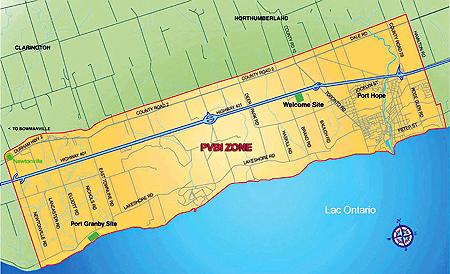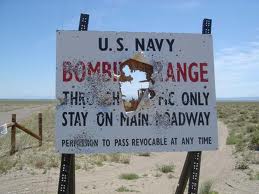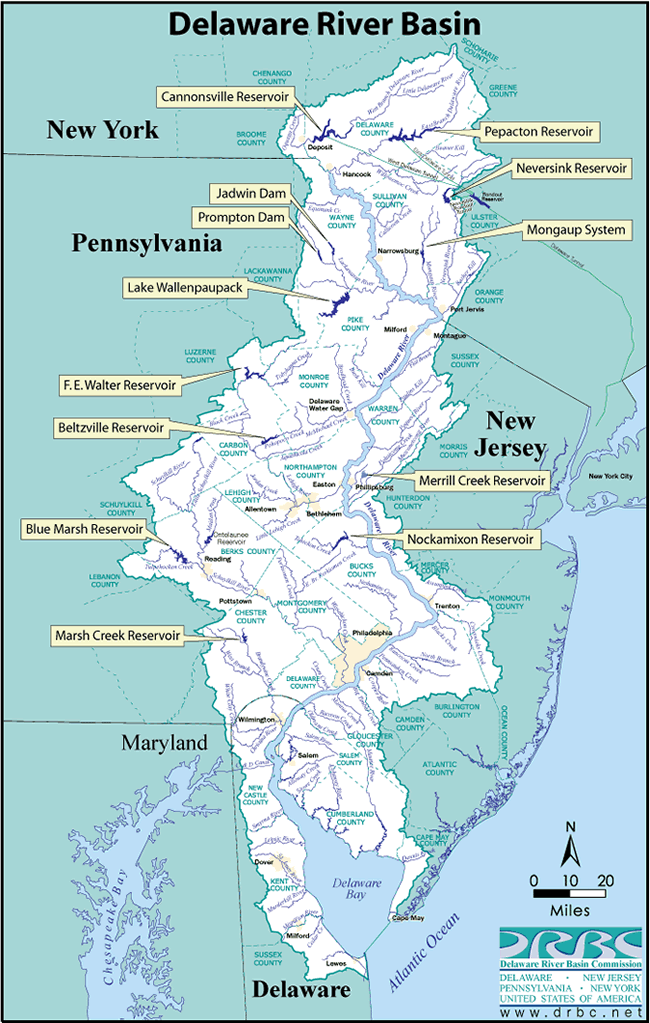Does Coito Dilute Work Product Privilege In California?
By admin on June 27, 2012
 On June 25, 2012, the California Supreme Court issued its long-awaited decision in Coito v. Superior Court, addressing the issue of whether a party in litigation could rely upon the work product doctrine to withhold witness statements obtained by its attorneys or the identities of persons who had given such statements.
On June 25, 2012, the California Supreme Court issued its long-awaited decision in Coito v. Superior Court, addressing the issue of whether a party in litigation could rely upon the work product doctrine to withhold witness statements obtained by its attorneys or the identities of persons who had given such statements.
In summary, while parties in California have long relied upon dicta in the Court of Appeal decision in Nacht v. Lewis for the proposition that such information is protected from disclosure by the work product doctrine, case-by-case determinations may now be required to determine whether a party must provide such information to its adversary in discovery in California state court cases.
Fortunately for state court judges who will be required to make these case-by-case determinations, Coito is a well-drafted decision that contains an excellent discussion of the policy considerations underlying this privilege. Trial courts that must make discovery decisions concerning the application of the work product privilege, and the litigants who will be required to present their arguments on the subject, have been provided with excellent guidance by the California Supreme Court. In citing the U.S. Supreme Court’s landmark decision in Hickman v. Taylor, the court reaffirms its commitment to the privilege and reminds trial court judges that “discovery was hardly intended to enable a learned profession to perform its functions either without wits or on wits borrowed from the adversary.” Be that as it may, defense counsel will now be required to conduct discovery battles to maintain the protection of the work product privilege.
The Coito court rejects the dicta in Nacht that provided for an absolute privilege for witness statements, holding instead that witness statements may be entitled to an absolute privilege only under certain circumstances. The court explains that, “In light of the legislatively declared policy and the legislative history of the work product privilege, we hold that the recorded witness statements are entitled as a matter of law to at least qualified work product protection. The witness statements may be entitled to absolute protection if defendant can show that disclosure would reveal its ‘attorney’s impressions, conclusions, opinions, or legal research or theories.’ (§ 2018.030, subd. (a).) If not, then the items may be subject to discovery if plaintiff can show that ‘denial of discovery will unfairly prejudice [her] in preparing [her] claim . . . or will result in an injustice.’ (§ 2018.030, subd. (b).)”
As for the identities of persons who provided witness statements to counsel, those will now be easier to obtain in California state court cases. The Court explained, “As to the identity of witnesses from whom defendant’s counsel has obtained statements, we hold that such information is not automatically entitled as a matter of law to absolute or qualified work product protection. In order to invoke the privilege, defendant must persuade the trial court that disclosure would reveal the attorney’s tactics, impressions, or evaluation of the case (absolute privilege) or would result in opposing counsel taking undue advantage of the attorney’s industry or efforts (qualified privilege).”
 This decision may certainly have an impact on litigation strategy in California. The decision whether to require a party to turn over witness statements obtained by counsel, or disclose the identities of persons who provided statements, will generally be left to the discretion of the judge. Some judges may be more inclined to require the production of this information than others. In employment litigation, for example, there is concern in the defense bar that "employee-leaning" judges will automatically order disclosure of statements obtained by the employer’s counsel.
This decision may certainly have an impact on litigation strategy in California. The decision whether to require a party to turn over witness statements obtained by counsel, or disclose the identities of persons who provided statements, will generally be left to the discretion of the judge. Some judges may be more inclined to require the production of this information than others. In employment litigation, for example, there is concern in the defense bar that "employee-leaning" judges will automatically order disclosure of statements obtained by the employer’s counsel.
Accordingly, defense counsel will have to give some further thought concerning whether to obtain written statements, mindful that they may potentially have to one day disclose those statements to the opposing party or, at the very least, the identities of the individuals from whom statements were taken.
This may require an especially important strategic decision in class actions and collective actions, where defendants often obtain a great many written statements from putative class members early in the case for use at a later time. Should a defendant be concerned that, as a result of Coito, it may be required to turn over witness statements early in the case, thereby educating the plaintiff’s counsel about the defendant’s strategy? Could this encourage plaintiff’s counsel to contact putative class members who have provided statements to try to get them to recant their statements or to try to stop other putative class members from speaking with defendant’s counsel? Only time will tell how these scenarios will play out.
In the final analysis, Whether Coito properly balances the competing interests of fair disclosure and the protection afforded by the work product privilege will be determined in the years to come. However, if nothing else it clear, it is certain that the decision will generate numerous discovery battles throughout the state over the extent to which the work product privilege should be applied on a case-by-case basis.

 We have written in the past concerning
We have written in the past concerning  As a result of the PVP, real estate within the Port Hope Area Initiative has remained remarkably stable. There was no panic selling by homeowners rushing to get out the door before property values fell precipitously. During the first ten years of the program, some 83 claims were filed, resulting in payments of approximately $2,500,000. Given that some 5,800 properties could potentially be affected by the projects, the Program appears to have been very successful at reasonable cost
As a result of the PVP, real estate within the Port Hope Area Initiative has remained remarkably stable. There was no panic selling by homeowners rushing to get out the door before property values fell precipitously. During the first ten years of the program, some 83 claims were filed, resulting in payments of approximately $2,500,000. Given that some 5,800 properties could potentially be affected by the projects, the Program appears to have been very successful at reasonable cost Yesterday, we published an article titled
Yesterday, we published an article titled  In an earlier article, we discussed the danger posed to an impartial jury system by the “
In an earlier article, we discussed the danger posed to an impartial jury system by the “ We discussed in an
We discussed in an  .
.  What is the duty of a real estate developer to disclose to prospective residential purchasers information about the neighborhood that may adversely impact property values? Apparently none if the developer is not in privity with the homeowners, according to the Eleventh Circuit.
What is the duty of a real estate developer to disclose to prospective residential purchasers information about the neighborhood that may adversely impact property values? Apparently none if the developer is not in privity with the homeowners, according to the Eleventh Circuit. A Lone Pine Order is an innovative judicial case management tool that requires toxic tort plaintiffs to produce credible expert evidence to support their theory of causation (or another key component of plaintiffs’ claim) prior to the commencement of pre-trial discovery. A Lone Pine Order is designed to weed out frivolous claims before defendants must invest hundreds of thousands of dollars in legal fees and incalculable time and effort only to learn prior to trial that plaintiffs cannot establish a prima facie case. Both federal and state court judges have learned by experience that a Lone Pine case management order can end in their infancy baseless cases that would otherwise require an enormous expenditure of judicial time and resources. I have written about the use of Lone Pine Orders both on
A Lone Pine Order is an innovative judicial case management tool that requires toxic tort plaintiffs to produce credible expert evidence to support their theory of causation (or another key component of plaintiffs’ claim) prior to the commencement of pre-trial discovery. A Lone Pine Order is designed to weed out frivolous claims before defendants must invest hundreds of thousands of dollars in legal fees and incalculable time and effort only to learn prior to trial that plaintiffs cannot establish a prima facie case. Both federal and state court judges have learned by experience that a Lone Pine case management order can end in their infancy baseless cases that would otherwise require an enormous expenditure of judicial time and resources. I have written about the use of Lone Pine Orders both on  All too often, a defendant in a toxic tort case loses a motion for summary judgment because the court determines that imprecise witness testimony creates a triable issue of fact that warrants denial of the motion. Indeed, it is the rule in California that the task of deciphering the meaning of “ambiguous” witness testimony is a role reserved for the jury.
All too often, a defendant in a toxic tort case loses a motion for summary judgment because the court determines that imprecise witness testimony creates a triable issue of fact that warrants denial of the motion. Indeed, it is the rule in California that the task of deciphering the meaning of “ambiguous” witness testimony is a role reserved for the jury.  In a stinging decision, the
In a stinging decision, the  On April 18, 2012,
On April 18, 2012,